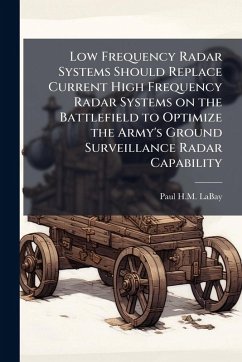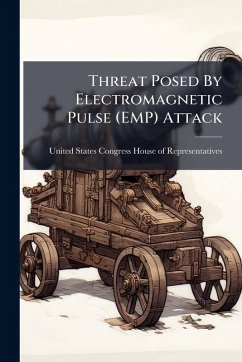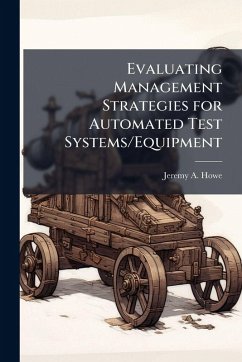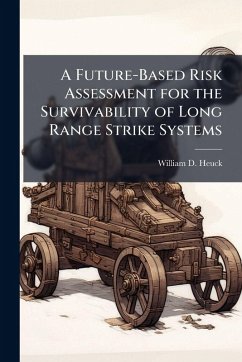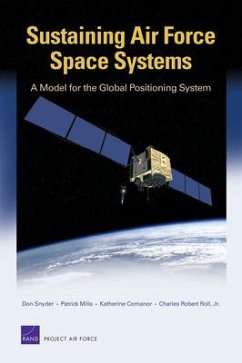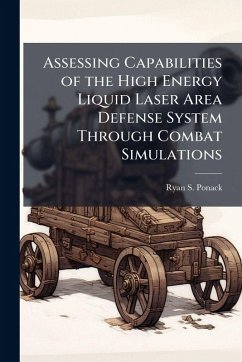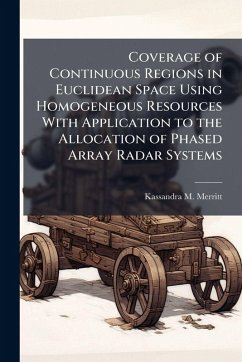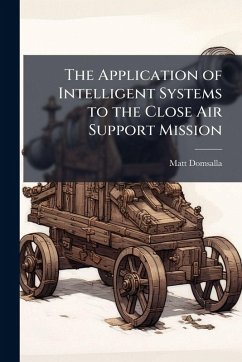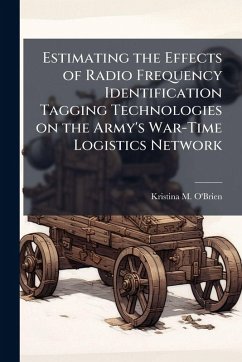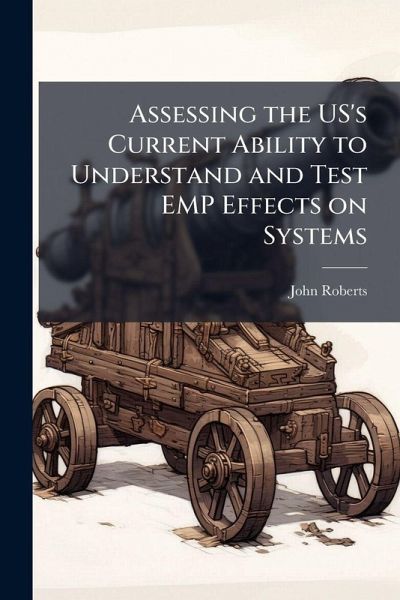
Assessing the US's Current Ability to Understand and Test EMP Effects on Systems
Versandkostenfrei!
Versandfertig in über 4 Wochen
14,99 €
inkl. MwSt.
Weitere Ausgaben:

PAYBACK Punkte
7 °P sammeln!
During the Cold War, the United States as a nation, and its military in particular, were very focused on nuclear warfighting. After winning the Cold War this focus became significantly lessened. However, in the past decade new concerns have arisen and it is once again realistic to think that the US military might have to operate in a nuclear environment. The one nuclear effect with the possibility to effect very large areas almost immediately after a nuclear explosion is the electromagnetic pulse (EMP). The EMP has the ability to affect any system which is or is composed of electronics or cond...
During the Cold War, the United States as a nation, and its military in particular, were very focused on nuclear warfighting. After winning the Cold War this focus became significantly lessened. However, in the past decade new concerns have arisen and it is once again realistic to think that the US military might have to operate in a nuclear environment. The one nuclear effect with the possibility to effect very large areas almost immediately after a nuclear explosion is the electromagnetic pulse (EMP). The EMP has the ability to affect any system which is or is composed of electronics or conductive media (e.g., metal). As the most advanced military in the world, the US military is highly dependent upon advanced electronic systems to operate. By obtaining a better understanding of how an EMP is formed and propagated and then affects systems, the military can better design, test, and certify its systems to ensure that they are capable of operating in an EMP environment, and the better understanding will enable this to be done in a cost-effective manner. This paper shall look at what we know about EMP, the facilities and resources we have for improving that understanding, and make some recommendations for how to best move forward with future programs. This work has been selected by scholars as being culturally important, and is part of the knowledge base of civilization as we know it. This work was reproduced from the original artifact, and remains as true to the original work as possible. Therefore, you will see the original copyright references, library stamps (as most of these works have been housed in our most important libraries around the world), and other notations in the work. This work is in the public domain in the United States of America, and possibly other nations. Within the United States, you may freely copy and distribute this work, as no entity (individual or corporate) has a copyright on the body of the work. As a reproduction of a historical artifact, this work may contain missing or blurred pages, poor pictures, errant marks, etc. Scholars believe, and we concur, that this work is important enough to be preserved, reproduced, and made generally available to the public. We appreciate your support of the preservation process, and thank you for being an important part of keeping this knowledge alive and relevant.



